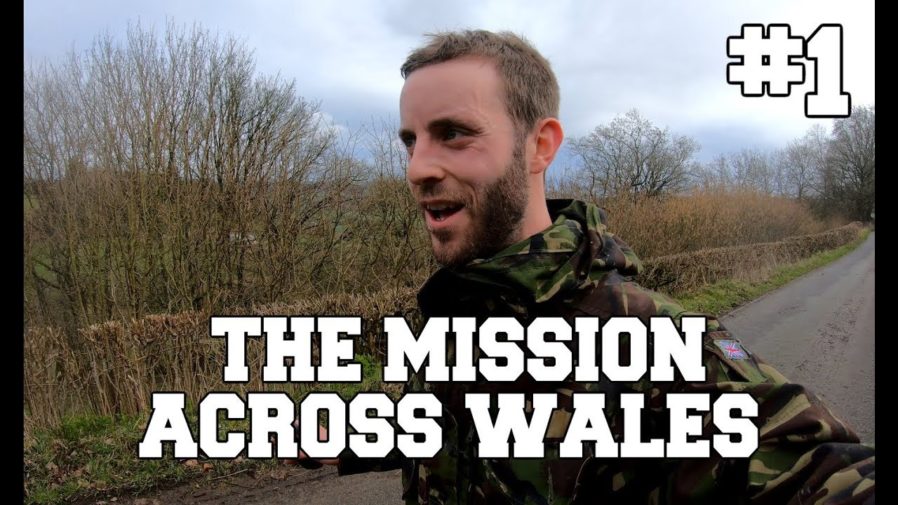Sometimes I’ve seen signs on dual carriageways and motorways that seem to specify a speed limit that’s the same as the national speed limit (i.e. 60 or 70 mph for most vehicles, depending on the type of road), which seem a bit… pointless? Today I learned why they’re there, and figured I’d share with you!
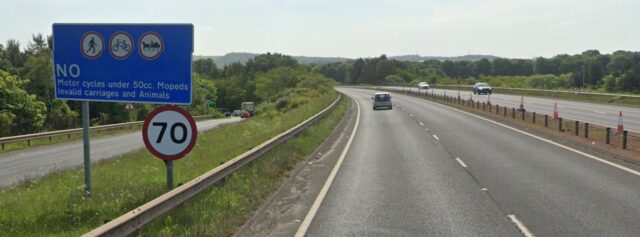
To get there, we need a history lesson.
As early as the 1930s, it was becoming clear that Britain might one day need a network of high-speed, motor-vehicle-only roads: motorways. The first experimental part of this network would be the Preston By-pass1.
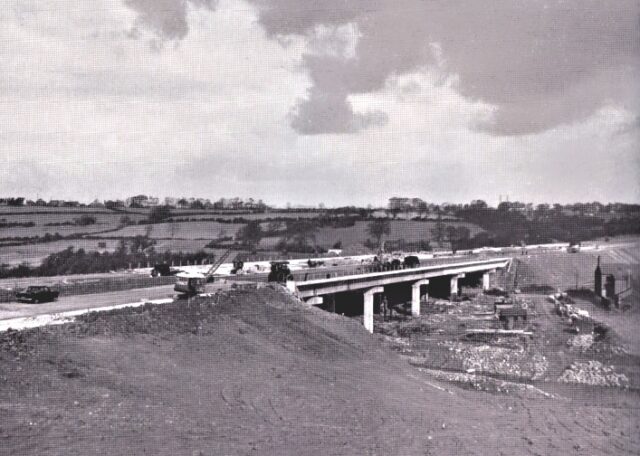
Construction wouldn’t actually begin until the 1950s, and it wasn’t just the Second World War that got in the way: there was a legislative challenge too.
When the Preston By-pass was first conceived, there was no legal recognition for roads that restricted the types of traffic that were permitted to drive on them. If a public highway were built, it would have to allow pedestrians, cyclists, and equestrians, which would doubtless undermine the point of the exercise! Before it could be built, the government needed to pass the Special Roads Act 1949, which enabled the designation of public roads as “special roads”, to which entry could be limited to certain classes of vehicles2.
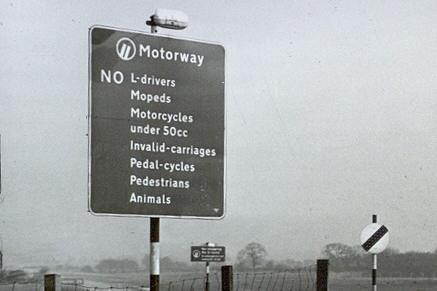
If you don’t check your sources carefully when you research the history of special roads, you might be taken in by articles that state that special roads are “now known as motorways”, which isn’t quite true. All motorways are special roads, by definition, but not all special roads are motorways.
There’s maybe a dozen or more non-motorway special roads, based on research by Pathetic Motorways (whose site was amazingly informative on this entire subject). They tend to be used in places where something is like a motorway, but can’t quite be a motorway. In Manchester, a couple of the A57(M)’s sliproads have pedestrian crossings and so have to be designated special roads rather than motorways, for example3.
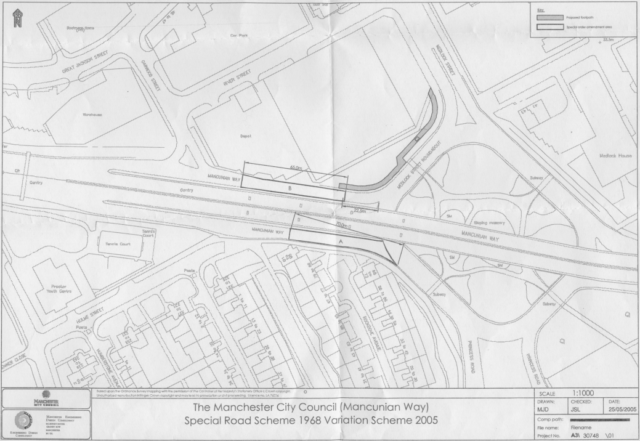
Now we know what special roads are, that we might find them all over the place, and that they can superficially look like motorways, let’s talk about speed limits.
The Road Traffic Act 1934 introduced the concept of a 30mph “national speed limit” in built-up areas, which is still in force today. But outside of urban areas there was no speed limit. Perhaps there didn’t need to be, while cars were still relatively slow, but automobiles became increasingly powerful. The fastest speed ever legally achieved on a British motorway came in 1964 during a test by AC Cars, when driver Jack Sears reached 185mph.

In the late 1960s an experiment was run in setting a speed limit on motorways of 70mph. Then the experiment was extended. Then the regulation was made permanent.
There’ve been changes since then, e.g. to prohibit HGVs from going faster than 60mph, but fundamentally this is where Britain’s national speed limit on motorways comes from.
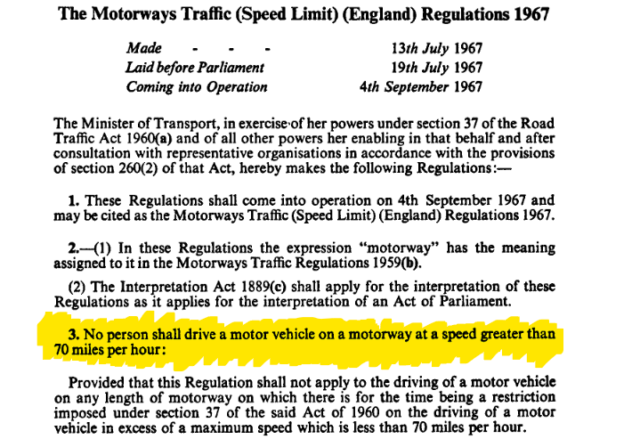
You’ve probably spotted the quirk already. When “special roads” were created, they didn’t have a speed limit. Some “special roads” were categorised as “motorways”, and “motorways” later had a speed limit imposed. But there are still a few non-motorway “special roads”!
Putting a national speed limit sign on a special road would be meaningless, because these roads have no centrally-legislated speed limit. So they need a speed limit sign, even if that sign, confusingly, might specify a speed limit that matches what you’d have expected on such a road4. That’s the (usual) reason why you sometimes see these surprising signs.
As to why this kind of road are much more-common in Scotland and Wales than they are anywhere else in the UK: that’s a much deeper-dive that I’ll leave as an exercise for the reader.
Footnotes
1 The Preston By-pass lives on, broadly speaking, as the M6 junctions 29 through 32.
2 There’s little to stop a local authority using the powers of the Special Roads Act and its successors to declare a special road accessible to some strange and exotic permutation of vehicle classes if they really wanted: e.g. a road could be designated for cyclists and horses but forbidden to motor vehicles and pedestrians, for example! (I’m moderately confident this has never happened.)
3 There’s a statutory instrument that makes those Mancunian sliproads possible, if you’re having trouble getting to sleep on a night and need some incredibly dry reading.
4 An interesting side-effect of these roads might be that speed restrictions based on the class of your vehicle and the type of road, e.g. 60mph for lorries on motorways, might not be enforceable on special roads. If you wanna try driving your lorry at 70mph on a motorway-like special road with “70” signs, though, you should do your own research first; don’t rely on some idiot from the Internet. I Am Not A Lawyer etc. etc.

